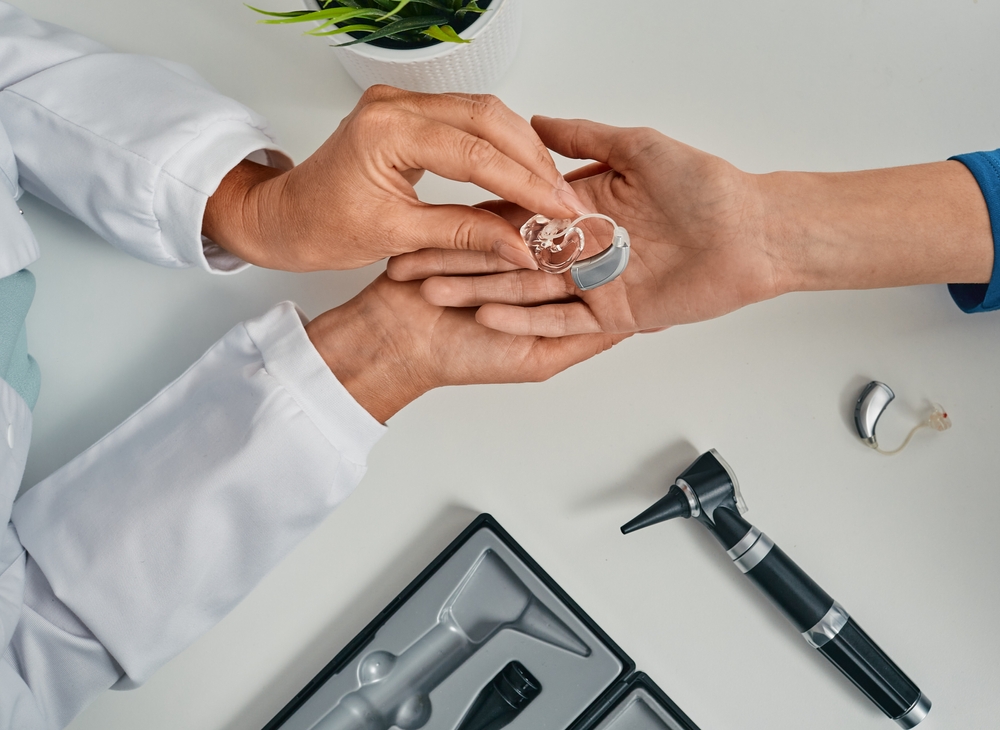
Hearing aids perform a vital role in improving sound clarity and enhancing daily communication. For ideal performance, it’s crucial to schedule periodic maintenance and periodic professional cleaning sessions. With time, earwax, moisture, and debris can accumulate, leading to decreased functionality. Recognizing when it is time to schedule professional maintenance can help extend the life of your hearing aids and ensure they continue to work at their best.
The significance of professional hearing aid cleaning
Even with regular at-home care, hearing aids progressively collect accumulation that might affect sound quality and performance. Regular upkeep provides numerous advantages:
- Deep Cleaning– Removes earwax, filth, and moisture that day-to-day cleaning tools might not successfully remove.
- Increased Performance– Removes obstructions that can cause muffled sound or distortion.
- Prolonged Lifespan– Prevents premature wear and tear, reducing the need for repair work or replacements.
Routine skilled cleanings keep your hearing aids functioning efficiently, minimizing the risk of unforeseen malfunctions.
Signs your hearing aids need professional servicing
If you’re uncertain whether it’s time for a professional cleaning, watch for these typical warning signs:
- Muted or Distorted Sound Quality: If speech and ambient sounds seem unclear, weak, or distorted, it might be due to wax or debris obstructing the microphone or speaker.
- Persistent Shrieking or Feedback: A high-pitched screeching sound (feedback) can signify wax buildup or an improper fit. Professional cleaning can assist in clearing obstructions and fine-tuning the fit accurately.
- Addressing Volume Problems: When volume adjustments fail to yield the anticipated result, it may be necessary to carry out maintenance on internal components or recalibrate the system’s software settings.
- Moisture-Related Breakdowns: Too much moisture can damage internal components, leading to sporadic sound loss or broken buttons. A professional repair professional can evaluate and address any moisture-related concerns.
- If you observe an obvious increase of earwax or dirt on your hearing aids, it is recommended to have them professionally cleaned for a more extensive removal compared to cleaning them at home.
- Implement specialized instruments to carefully remove wax, debris, and humidity from sensitive elements without causing harm.
- Confirm the correct performance by inspecting and repairing any broken components.
- Assess software and hardware for any performance problems impacting sound quality.
- Replace any tubing or filters that might be impacting the performance of the device.
- Every 3 to 6 months for routine maintenance.
- More regular cleanings are recommended for people predisposed to excessive earwax accumulation or those living in humid environments.
- Managing small issues quickly can help avoid expensive repairs down the line.
What to expect during a professional hearing aid cleaning
A professional cleaning visit goes past routine maintenance and ensures your devices function optimally. During the appointment, specialists will:
How frequently should you schedule professional upkeep?
The need for professional cleanings varies depending on factors like how much earwax is produced, the levels of humidity, and how the device is typically used. Basic recommendations include:
Keep your hearing aids in great condition
Routine professional maintenance is essential for maintaining your hearing aids and ensuring clear, high-quality sound.
If distorted sound, echoing, or technical issues are interrupting your experience, it’s likely that a thorough, expert cleaning is in order.
Schedule your hearing aid cleaning and maintenance now.